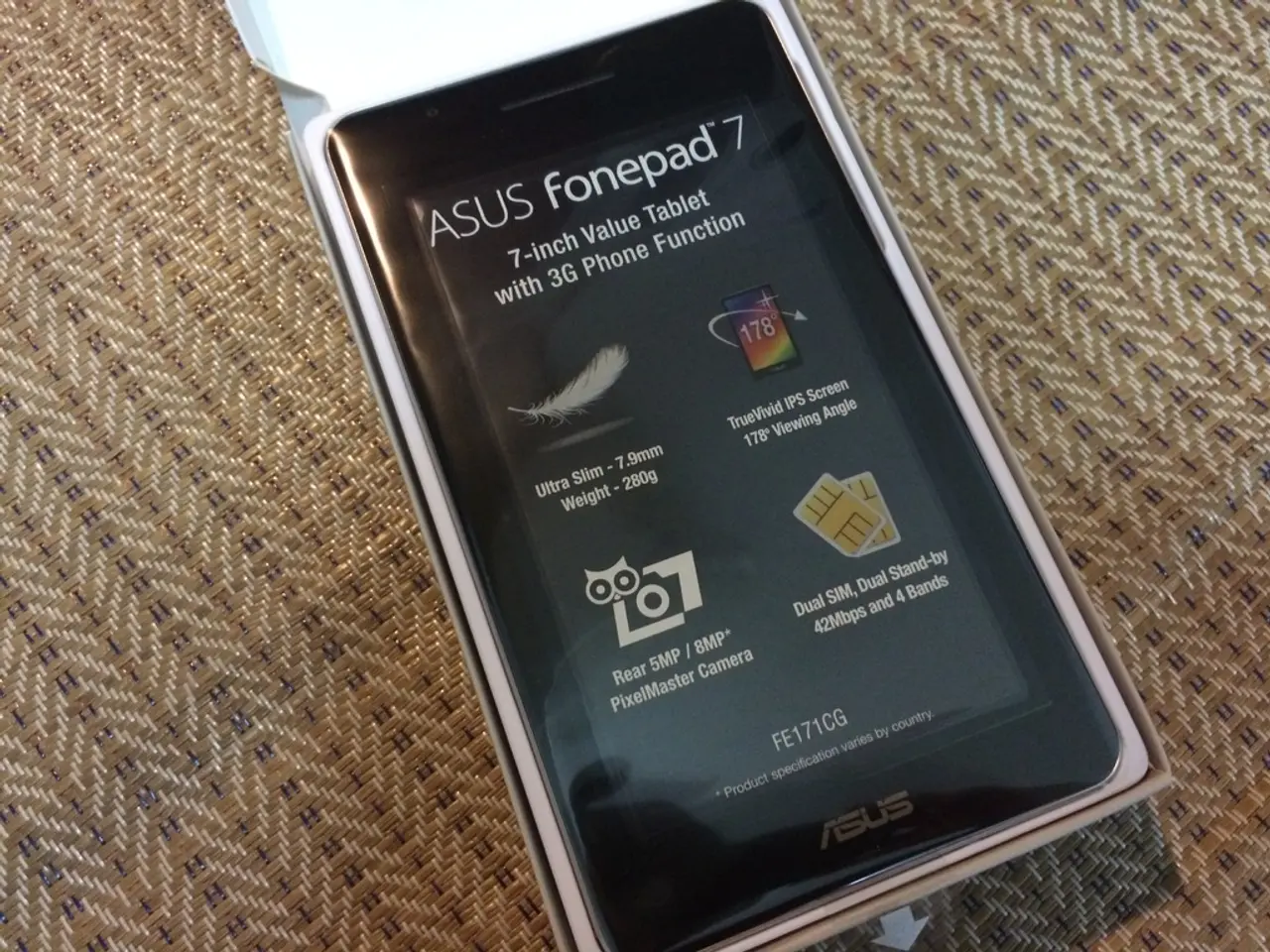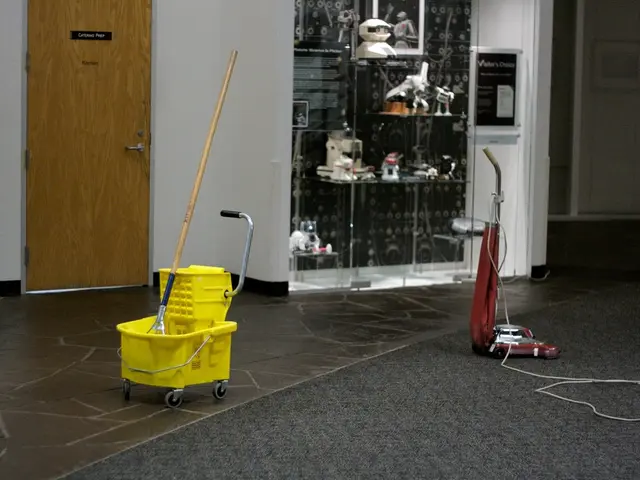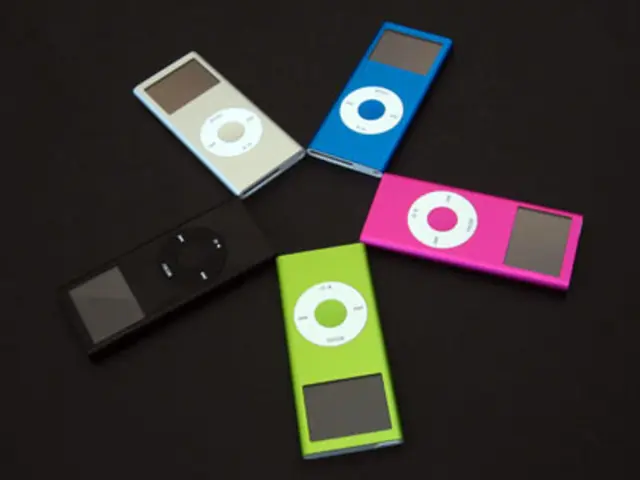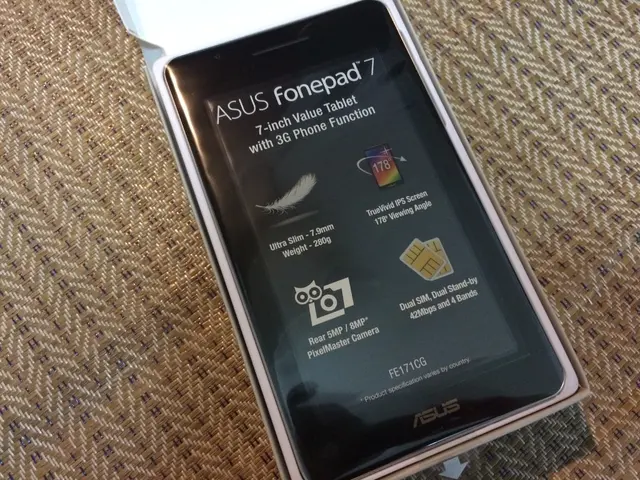Smartphone Photography vs. Traditional Cameras: Narrowing the Quality Difference?
Smartphones have taken over the photography world, challenging the dominance of dedicated cameras with advanced features, AI-driven processing, and multiple lenses. In the past, the choice was clear - dedicated cameras, especially DSLRs and mirrorless systems, offered far superior image quality, control, and creative flexibility. But now, things are a whole lot different.
Fast-forward to today, and smartphones can rival dedicated cameras, particularly in everyday photography scenarios. So, has the gap truly closed? Let's dig deeper to find out.
Image quality: megapixels versus sensor size
Smartphone brands are in a sensational sensor race. Devices like the Xiaomi 12S Ultra and 14 Ultra boast 1-inch sensors, previously exclusive to mid-range premium compact cameras. This has significantly boosted smartphone image quality. Yet, dedicated cameras have sensors that are, generally speaking, much larger. A superior sensor size means more light can be gathered, boosting image detail and dynamic range.
Manufacturers tackle this issue with computational photography. Combining multiple exposures, HDR, and detail-enhancing software, the difference becomes much less noticeable, especially in favorable lighting conditions. In fact, the results can come extremely close to those produced by entry-level cameras.
Lenses and optical performance
Multifunctional smartphones come equipped with multiple lenses - wide, ultra-wide, and telephoto. But, their optical performance still falls short. Compared to dedicated cameras offering complete control over focal length and aperture, limited zoom, distortion, and depth of field hamper smartphone photography. More often than not, portrait modes rely on artificial background blur (bokeh) rather than authentic depth achieved with a wide aperture.
Manual control and creative flexibility
A significant advantage of dedicated cameras lies in their manual controls, allowing photographers to fine-tune settings (ISO, shutter speed, aperture, focus) to the scene at hand. While some smartphones offer pro modes, they lack the intuitive controls and breadth of options provided by cameras, limiting creative flexibility.
Additionally, cameras are compatible with accessories like external flashes, ND filters, tripods, and more, expanding creative possibilities further. Smartphones can't replicate these features quite yet.
Portability and convenience
Here's where smartphones truly shine. Nevertheless, their convenience often outweighs minor quality differences. Being constantly on-hand, smartphones can capture life's fleeting moments in an instant, making them perfect for the average Joe. Plus, AI features like scene recognition, auto-enhancement, and even in-camera editing tools transform your snaps into works of art.
Video capabilities
Smartphones are at the forefront of the mobile video revolution. Premium options, like the Samsung Galaxy S25 Ultra, offer 4K recording, cinematic modes, slow motion, and built-in stabilization. For vlogging, short films and social media content, these smartphones more than suffice.
Professional video cameras still edge out smartphones for high-budget productions, but with external microphones, gimbals, and other gear, the divide shrinks.
Who's it for?
- For the everyday user: A smartphone offers more than enough for fantastic travel photos, family portraits, and videos, all without carrying extra gear.
- For aspiring photographers: A dedicated camera is the way to go for those aiming to learn manual settings, explore styles, and expand their skills.
- For professionals: Dedicated cameras provide the unbeatable image quality, reliability, flexibility, and precision essential for commercial work, weddings, and studio shoots.
Is the gap closing? Absolutely - in many ways, it already has. Smartphones have come incredibly close to matching the quality of dedicated cameras in everyday situations. But when it comes to ultimate image quality, creative control, and professional use, dedicated cameras still reign supreme.
In the realm of everyday photography, smartphones are now finding a closer match in terms of quality with dedicated cameras, thanks to advancements like sensor technology and computational photography. On the other hand, when it comes to full creative control, manual settings, and professional use, dedicated cameras still offer unparalleled benefits and remain the preferred choice for aspiring photographers and professionals.
Smartphones are proving to be a formidable contender in the field of technology, offering impressive video capabilities that are revolutionizing the mobile video industry, and, due to their portability and convenience, they rapidly capture life's fleeting moments. However, when it comes to sensor size, lenses, manual control, and ultimate image quality, dedicated cameras continue to hold an edge, catering to the needs of those aiming for higher levels of photography and videography.








